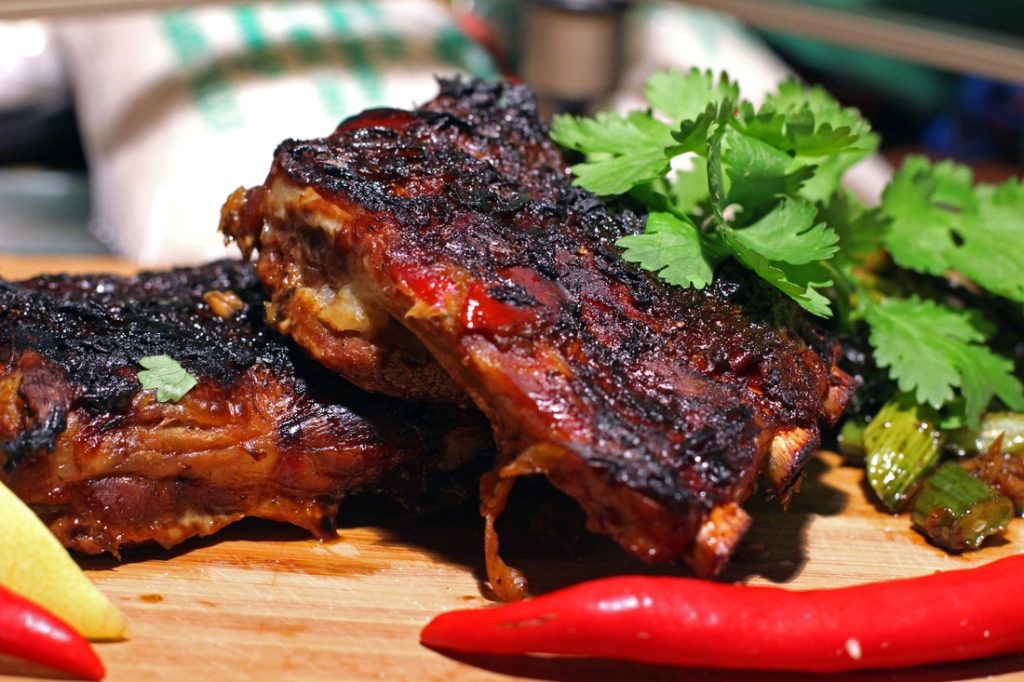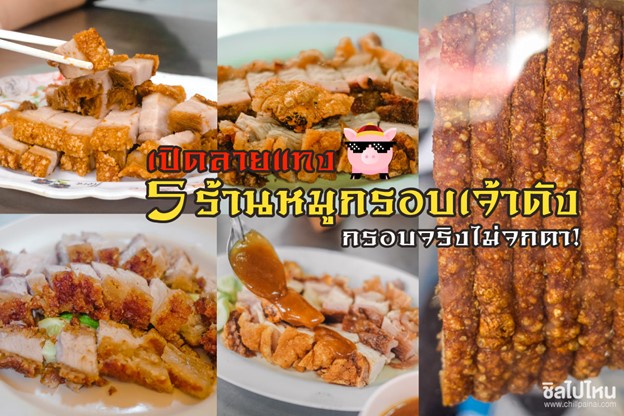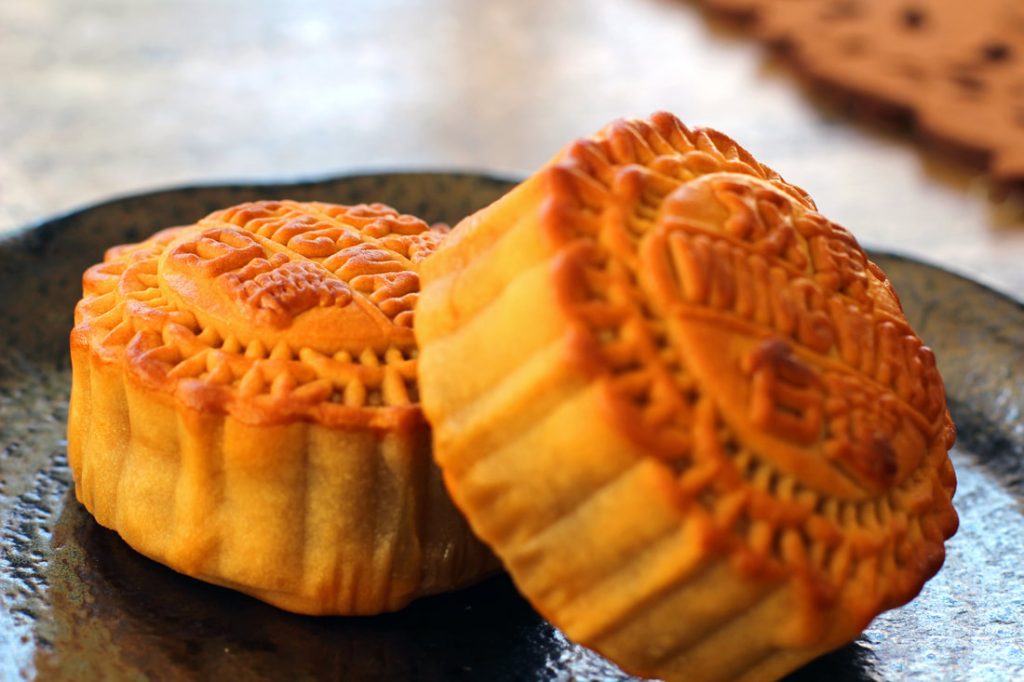You probably took one look and said “no thanks”, opting for something a bit, well…less black and jellylike. Next time however, I urge you to try that dessert. It’s called grass jelly, and is actually a pure and delicious product. And if you believe the manufacturer, a very healthy product as well
Grass jelly is a dessert eaten mainly in China and Southeast Asia. It is created using the Platostoma palustre plant (which is a member of the mint family) and has a mild, slightly bitter taste. It is served chilled, with other toppings such as fruit, or in bubble tea or other drinks.
Platostoma palustre, (commonly known as Chinese mesona) prefers ravines, grassy, dry, and sandy areas. The plants are from 15–100 cm high with hairy stems and leaves. The leaves are tear-drop shaped and serrated.
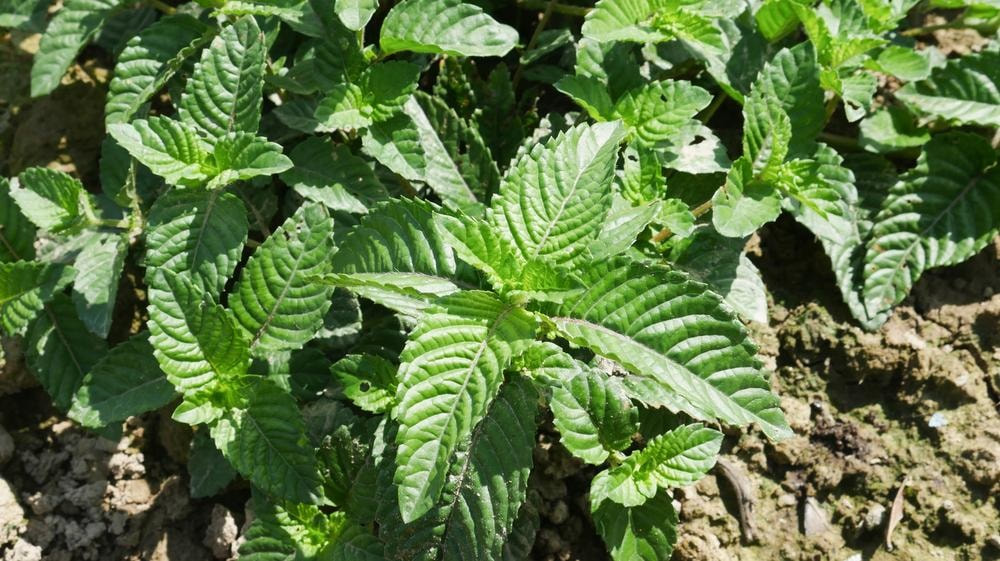
To make grass jelly, the leaves and stems of the plant are dried and then left to oxidise in the sun. It is then boiled for at least eight hours so that it yields a thick, black tea.
Starch is then stirred in to give it its signature jelly texture. Traditionally, it is either arrowroot or cassava root starch, but large companies opt for cheaper potato or corn starch these days.
Starch is then stirred in to give it its signature jelly texture. Traditionally, it is either arrowroot or cassava root starch, but large companies opt for cheaper potato or corn starch these days.
In Thailand, grass jelly is known as chaokuai and is commonly served relatively plain together with ice and natural brown sugar. It can also be served with fruits such as jackfruit, the fruit of the toddy palm or mixed with other Thai desserts.
In Vietnamese, grass jelly is sương sáo or thạch sương sáo. Grass jelly is chopped in small cubes and served as an additional ingredient in sweet desserts made from various kinds of beans (chè). There are two common kinds of grass jelly in Vietnam which are Platostoma palustre (Mesona chinensis) and Tiliacora triandra. It is common now to eat green grass jelly (thạch lá găng) with douhua (tào phớ) and grass jelly (sương sáo or thạch đen) in the summer.
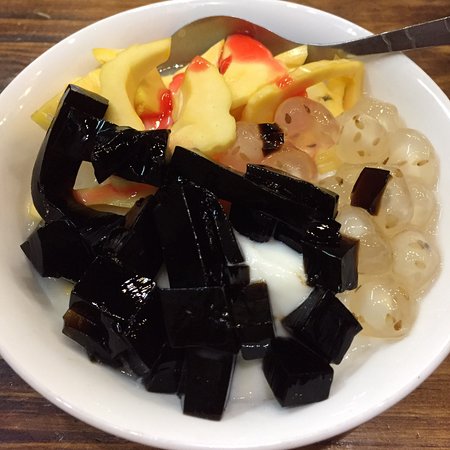
In Malaysia, plain grass jelly is mixed in various kinds of desserts, such as ais kacang and cendol.
It is also mixed with cold soy milk and served as a refreshing drink/dessert, a drink known as Michael Jackson in South-East Asia (a reference to Michael Jackson’s changing skin color and/or the song “Black or White”)
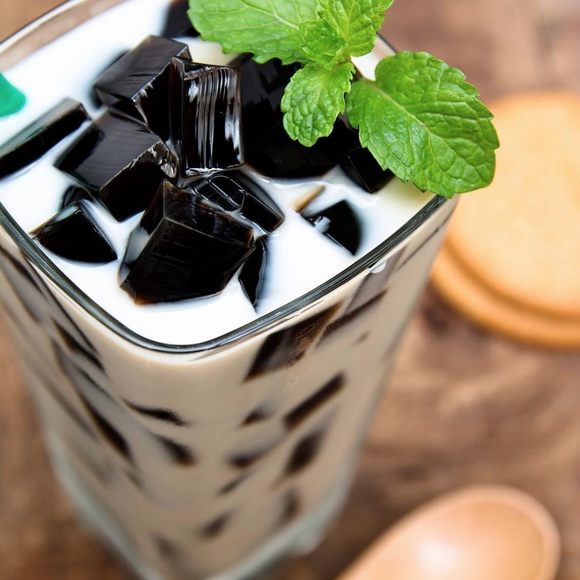
Grass jelly is thought to have cooling (yin) properties, which makes it typically consumed during hot weather. The jelly itself is fragrant, with a smoky undertone.
References:
https://en.wikipedia.org/wiki/Grass_jelly
https://www.vice.com/en_us/article/kbkky9/sweet-black-grass-jelly-shouldnt-come-out-of-a-can
https://www.chinasichuanfood.com/grass-jelly-cincau/
https://en.wikipedia.org/wiki/Platostoma_palustre
https://web.archive.org/web/20080526050323/http://austinbushphotography.com/2006/06/inside-greenhouse.html
https://en.wikipedia.org/wiki/Grass_jelly
https://www.vice.com/en_us/article/kbkky9/sweet-black-grass-jelly-shouldnt-come-out-of-a-can
https://www.chinasichuanfood.com/grass-jelly-cincau/
https://en.wikipedia.org/wiki/Platostoma_palustre
https://web.archive.org/web/20080526050323/http://austinbushphotography.com/2006/06/inside-greenhouse.html


